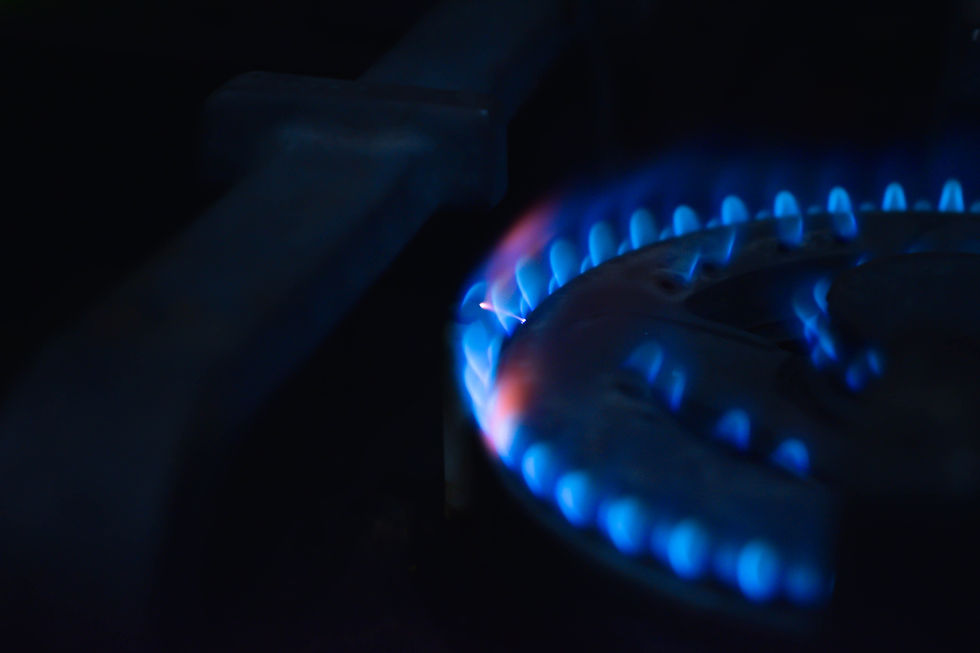LPG Cylinder Filling Scale
- Arslan Denizli
- Sep 1, 2023
- 2 min read
Updated: Oct 27, 2023

LPG (liquefied petroleum gas) cylinder filling scales are devices used to accurately measure and monitor the amount of LPG being filled into gas cylinders. These scales are essential in the LPG industry to ensure safety, compliance with regulations, and accurate billing. Here's how they typically work:
Weighing Platform: The filling scale has a sturdy platform or cradle where the LPG cylinder is placed during the filling process. This platform is designed to support the weight of the cylinder.
Load Cells: Load cells are sensors placed underneath the weighing platform. They measure the weight of the LPG cylinder and the gas being filled into it. Load cells can be of various types, including strain gauge load cells and hydraulic load cells.
Digital Display: The scale is equipped with a digital display that shows the weight of the cylinder and the gas as it is being filled. This display is often connected to the load cells and provides real-time data.
Valves and Filling Equipment: LPG filling scales are typically integrated with filling equipment, including LPG transfer pumps and valves. These components control the flow of LPG from the storage tank to the cylinder.
Tare Function: Before filling, the scale can be "tared" to zero out the weight of the empty cylinder. This ensures that only the weight of the gas being filled is measured.
Safety Features: LPG filling scales often have safety features such as emergency stop buttons, overfill protection systems, and alarms to prevent accidents and overfilling.
Data Logging: Some advanced LPG filling scales can log data such as the date, time, and weight of each filled cylinder. This data can be used for quality control, inventory management, and billing purposes.
Compliance: LPG filling scales must comply with safety and accuracy standards set by regulatory authorities in each c
Country. Regular calibration and maintenance are essential to ensure accurate measurements and compliance.
The use of LPG filling scales is crucial for safety and accuracy in the LPG industry. Overfilling can lead to dangerous situations, while underfilling can result in dissatisfied customers. Therefore, these scales play a vital role in ensuring that LPG cylinders are filled to the correct weight and meet safety standards.





Commentaires